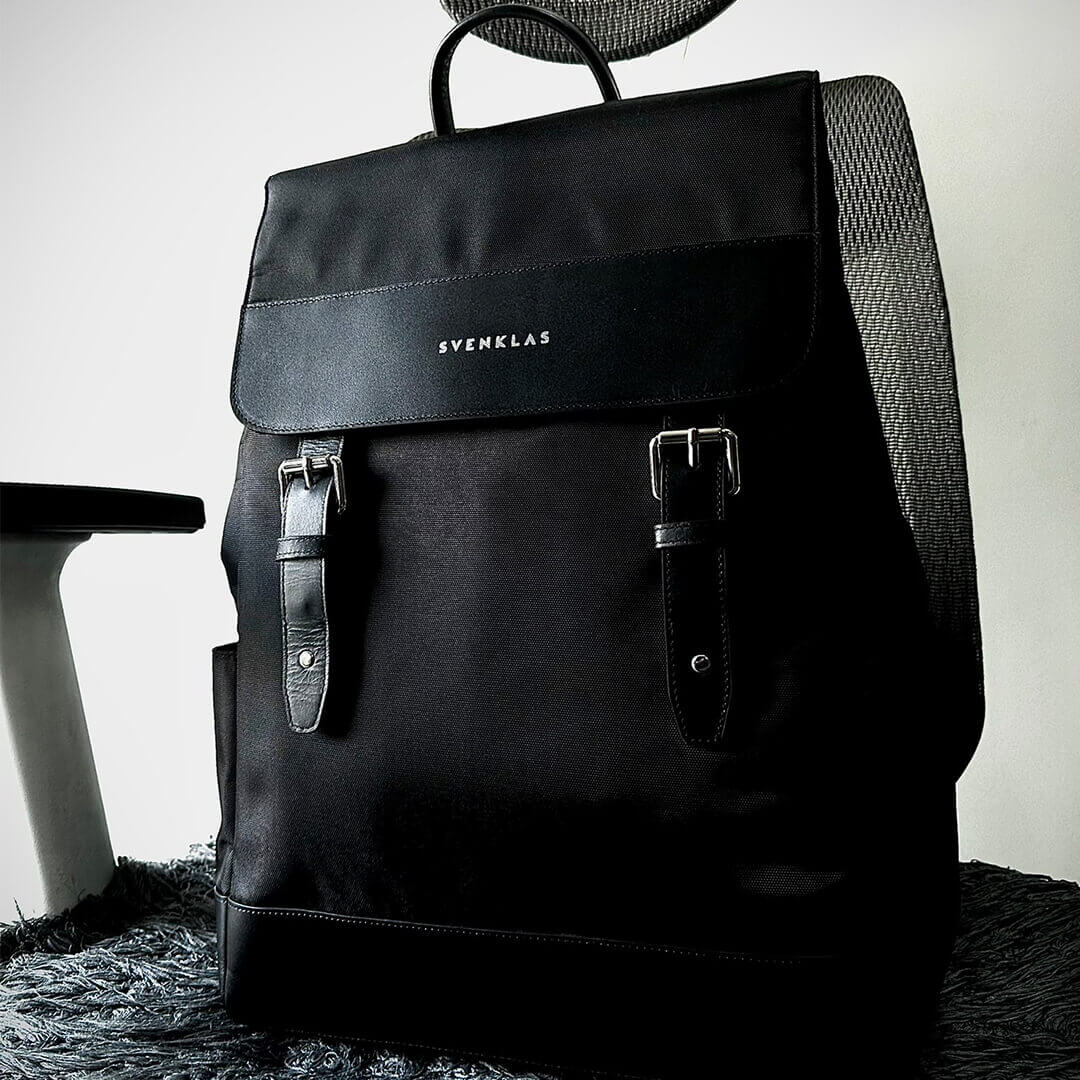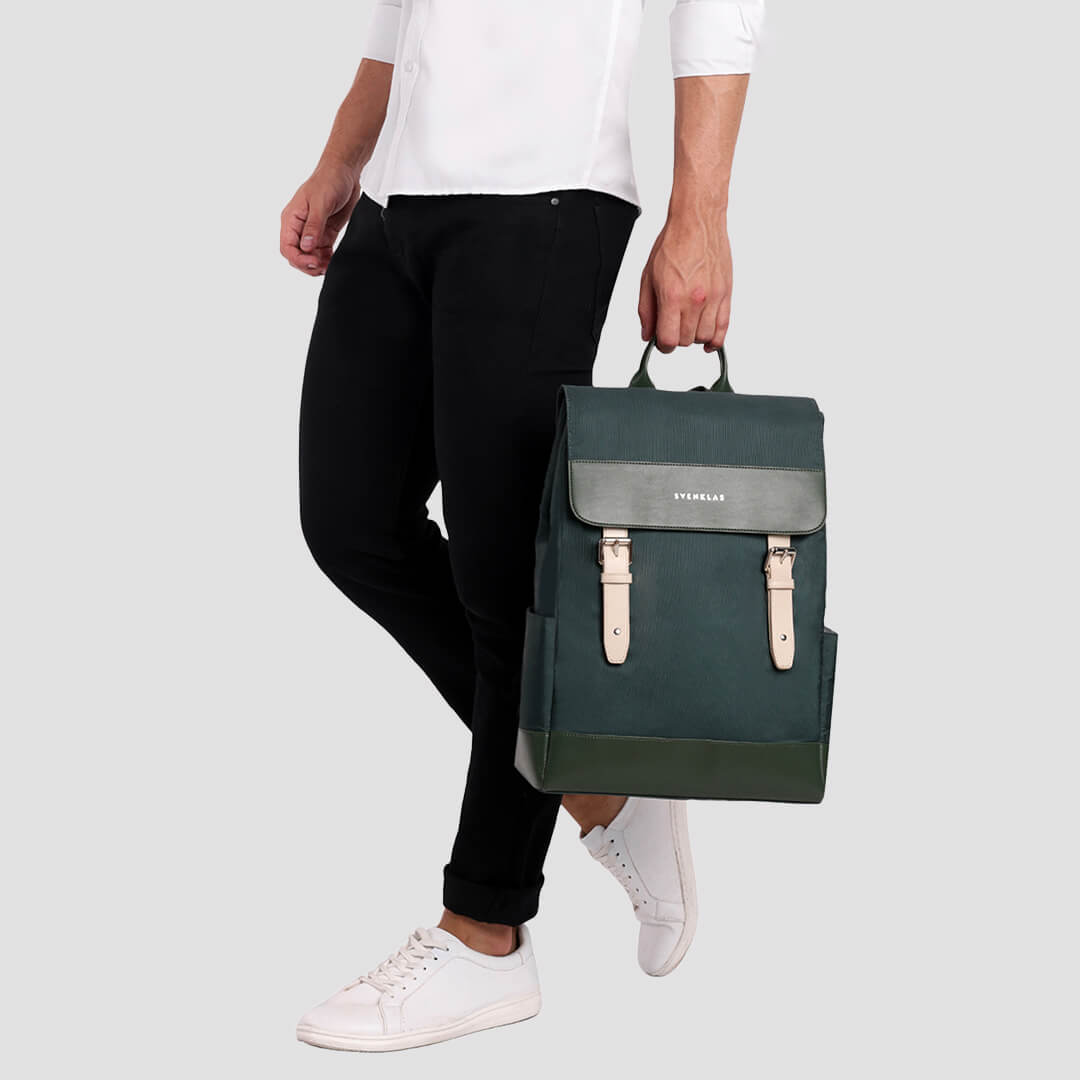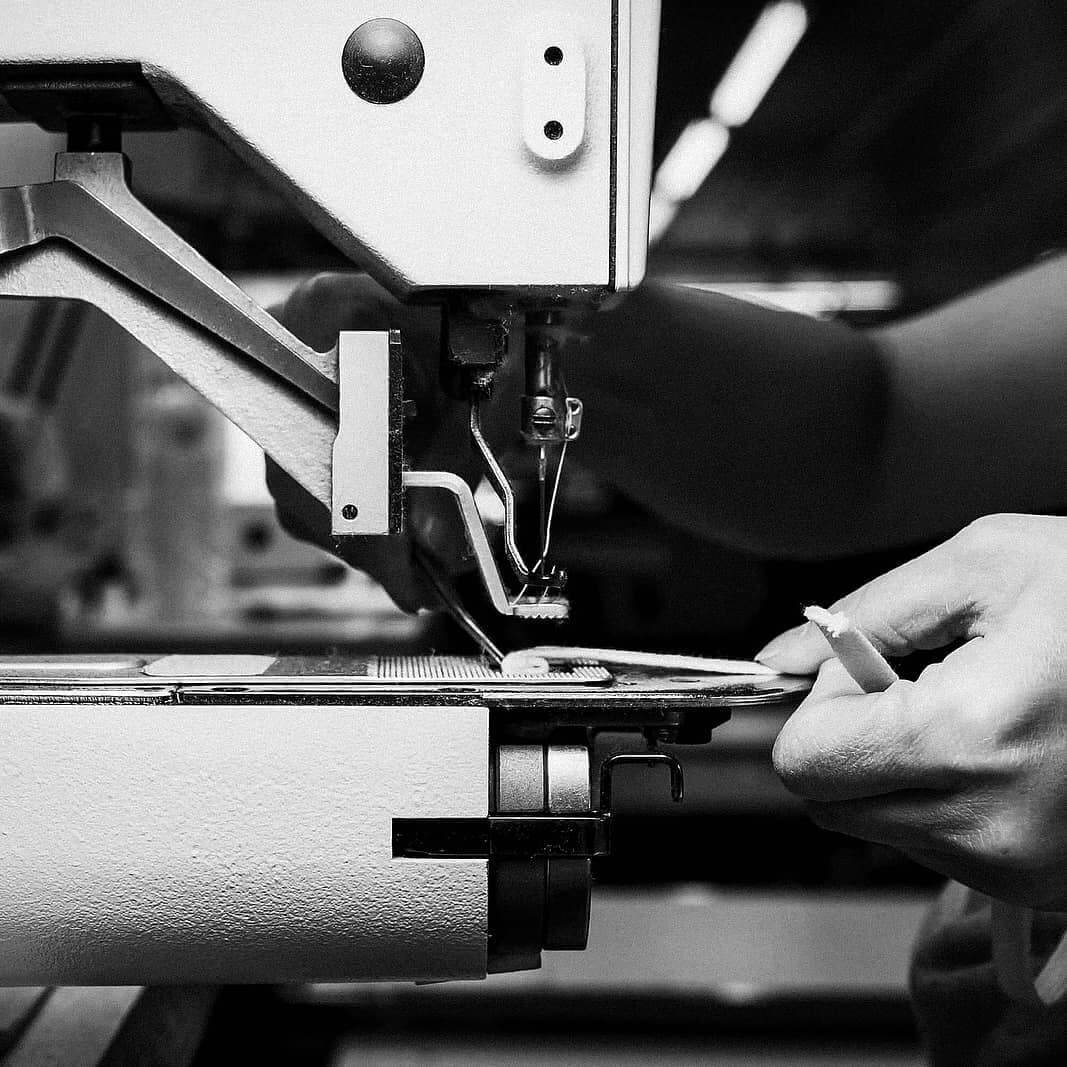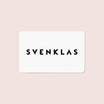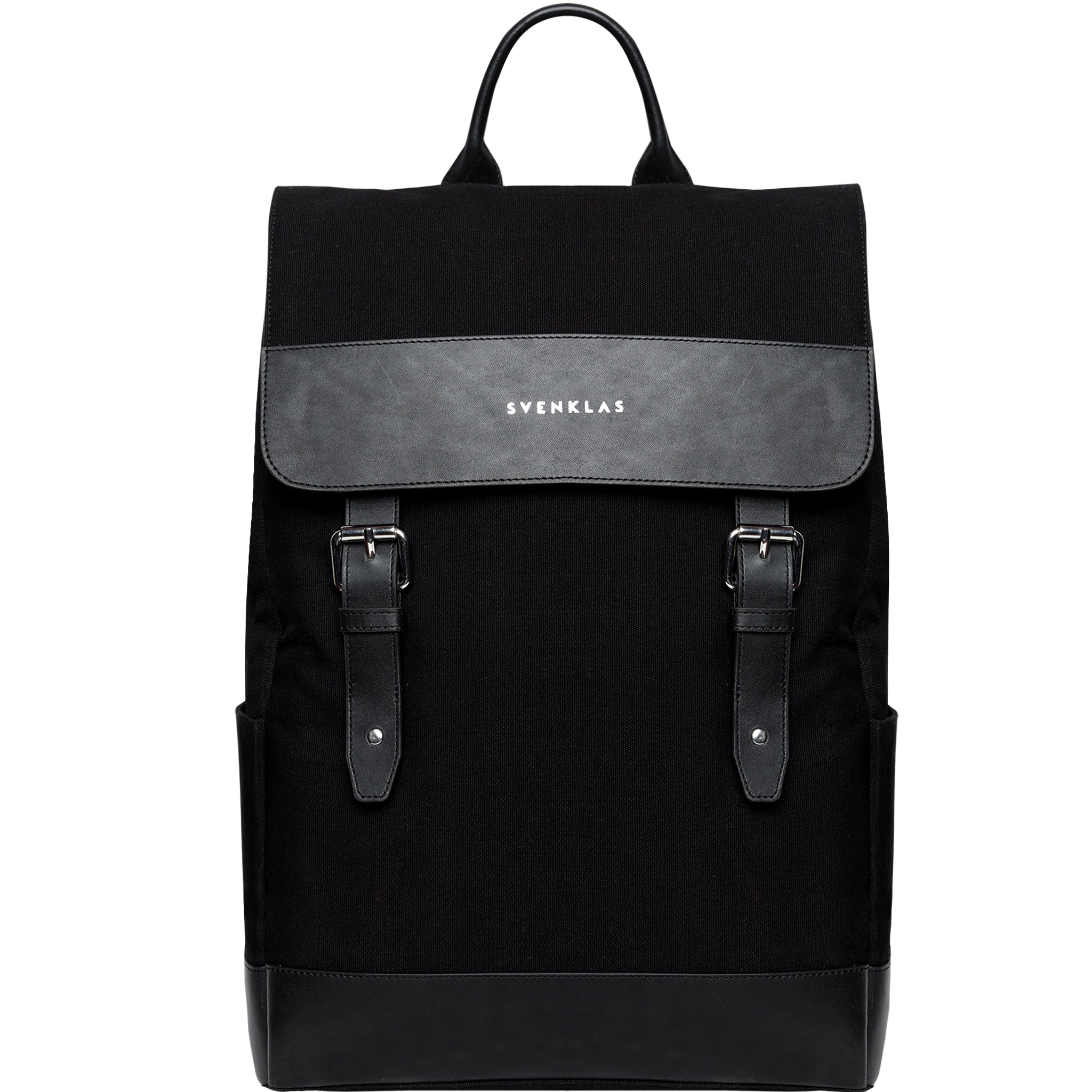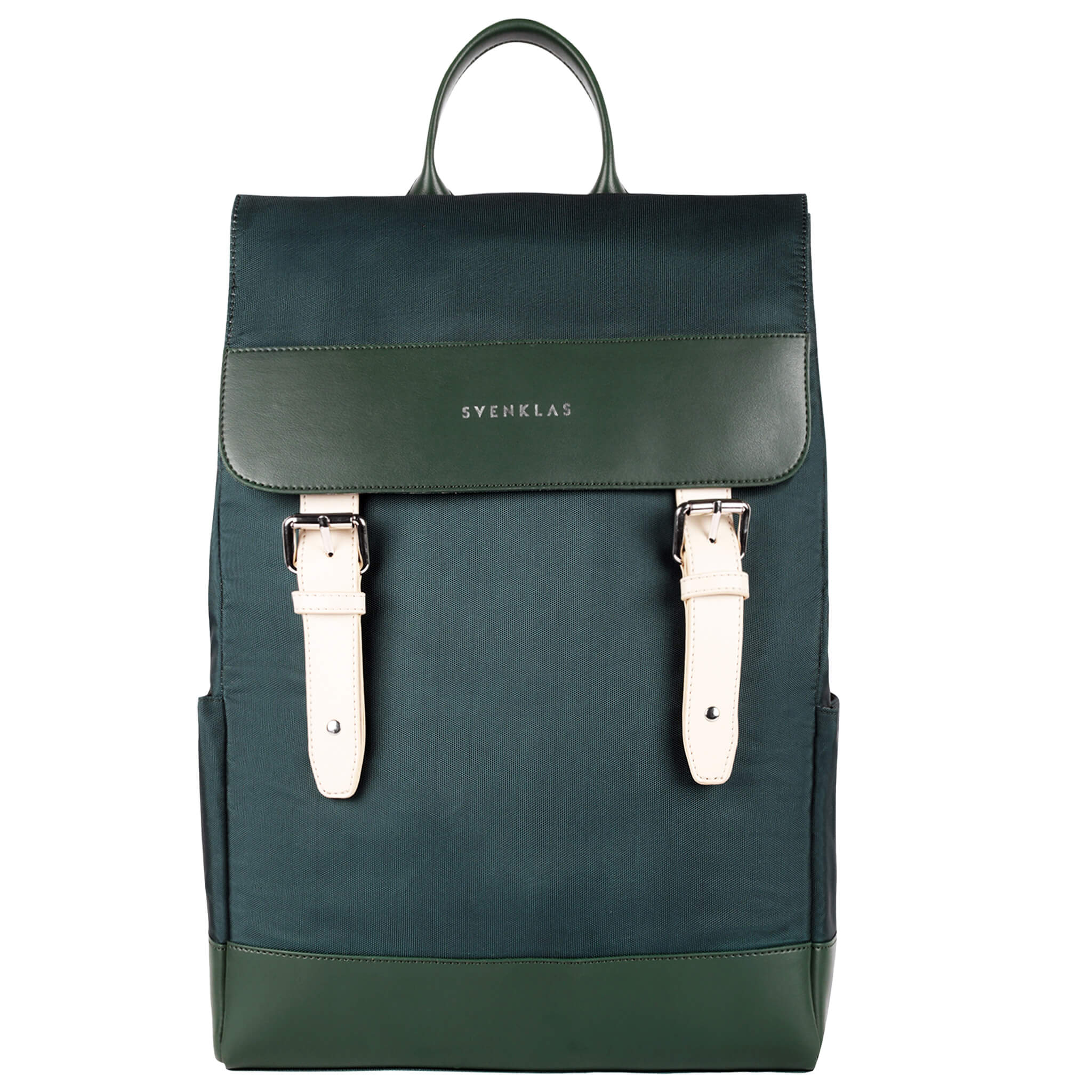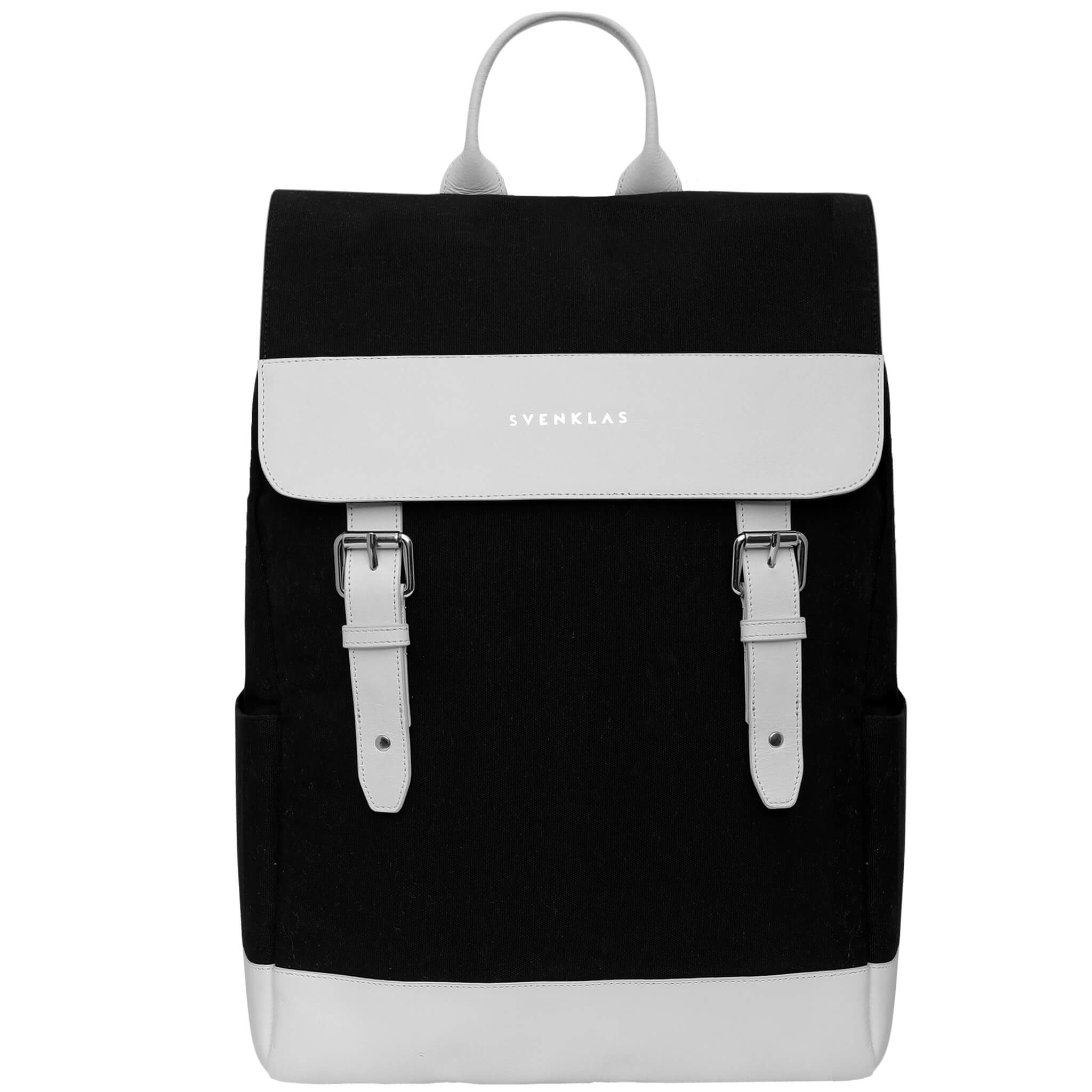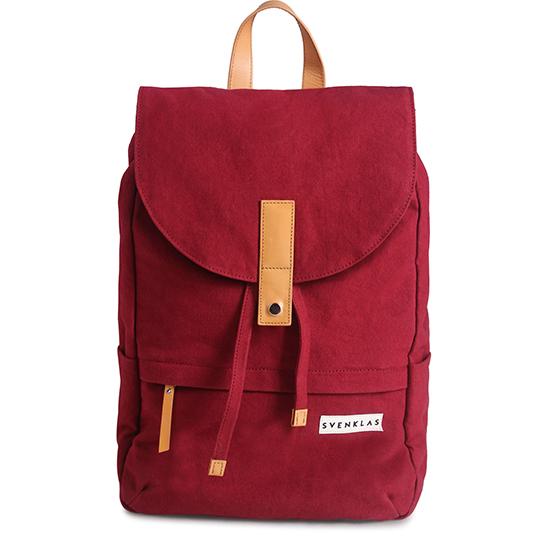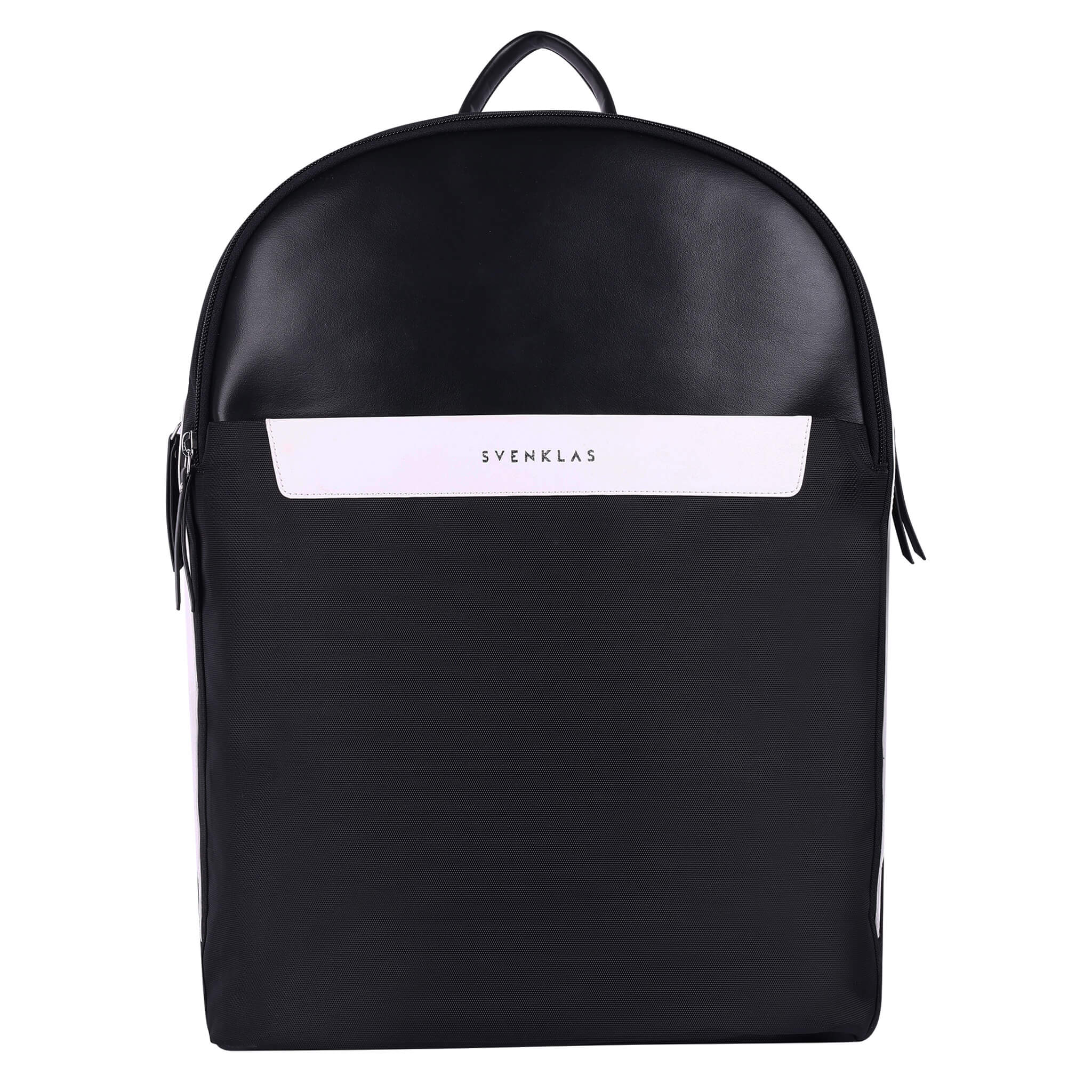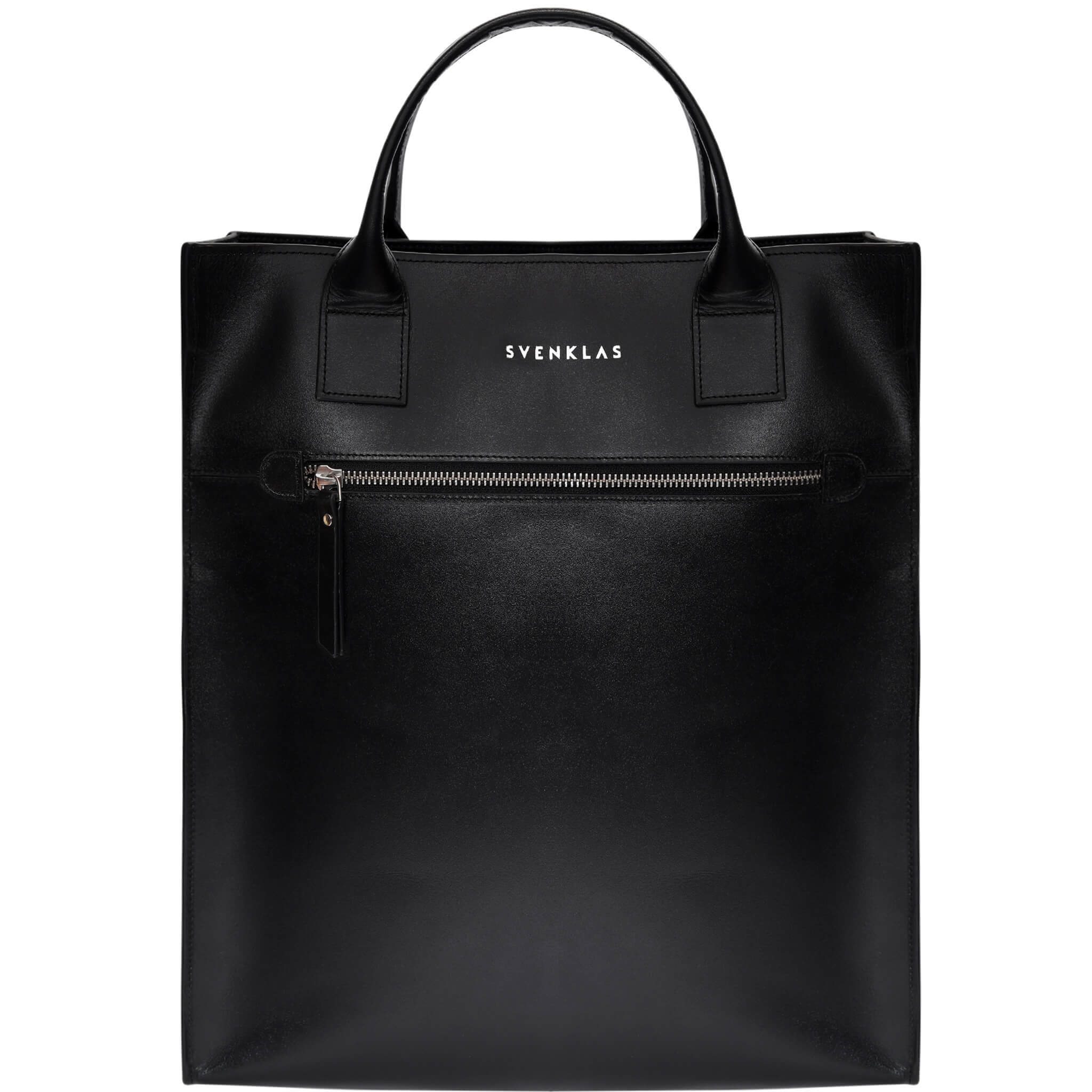Dieter Rams


Dieter Rams Impact on Product Design
The german industrial design pioneer is known for creating modernist collection of household products for Braun, a german electrical products and appliance manufacturer company. Dieter Rams started his career as an architect, was influenced by the Bauhaus movement and joined Braun in 1955 to work on the interior design of its offices. Rams became a student of the Ulm School of Design which was a successor to the Bauhaus and headed the design department at Braun from 1961 to 1995. He was influenced heavily by the Bauhaus, the German school which was a component of modernism and a lot of different disciplines.

He revamped the way we think about consumer products today, saying that “Indifference towards people and the reality in which they live is actually the one and only cardinal sin in design.” Dieter Rams not only designed products, but he designed a whole environment. A world in which people could live in. A look of certain color palette and a certain approach which makes his design so convincing. He showed that design can have a very strong orientation.
The clocks, radios, calculators, cameras, furniture and various kitchen appliances that Rams created for Braun are still regarded as influential to this day and are considered as seminal works of the 20th century. He invented consumer product design that we’re so used to today and his design philosophy has shaped the thinking of current generation about making and consuming.

TP1 was one of the first transistor radios at Braun combined with a record player. Rams like to call it “The First Walkman.” The record was unconventionally played from the bottom, as the head rose from a slot in the body of the device.
Dieter Rams brought less but better approach to the products he created and his aesthetically pleasing, utilitarian and minimal designs have influenced the world of design till date. A lot of designers like Jony Ive who is the designer behind iPhone, iPod and iPad has taken inspiration from Dieter Rams work. Jonathan Ive infact calls Dieter Rams his role model and inspiration.
Dieter Rams Influence on Jony Eve and Apple
If you really want to see the impact of Dieter Rams, you need to look at the Apple products that are used by millions worldwide. The appliances that Rams designed at Braun are very similar of today's Apple devices. Jony Ive has famously remarked that his work is "beyond improvement." Their rounded edges and clean lines are very reminiscent of today's Apple devices.


The Braun T3 pocket radio, designed by Dieter Rams in 1958 has directly inspired the look of the iPod. The graphics around the tuner and the hardware interface where your fingers touch had a huge impact on Apple and you see a clear resemblance of that in the iPod dial.
Dieter Rams’s design is not just design, it’s a whole attitude. It’s about getting rid of excess, visual clutter and living with what you need.
Jony Ive writes on Dieter Rams that “the products resonates so deeply with me that nearly forty years on I remember my sense of it with startling clarity.” He further defines his work as, "Bold, pure, perfectly proportioned, coherent and effortless. At a glance, you knew exactly what it was and exactly how to use it.” A lot of Braun products designed by Rams has been incorporated in Apple’s devices and apps.

Braun's TG 60 reel-to-reel tape recorder from 1965, which famously informed the original design of Apple's podcast app.
What We Have Learned From Dieter Rams at Svenklas
1. LESS BUT BETTER
According to Dieter Rams, in order to understand good design, you have to understand people. Design should be as simple as possible so that it can be recognized by everyone.
The age where we consume thoughtlessly spiralled with the idea of thoughtless design is over. Dieter Rams’s “Less, but better” is not just a design concept, it’s also about our behaviour. Less would be better everywhere. Today, no industry is interested in repairing things. We have to get away from the culture of mindless consumption. His design philosophy is a rejection of the consumerism that has defined our age.
His pursuit to refine a product to its simplest form so it actually serves its purpose as intended is a testament to his design aesthetic to show as little design as possible. For him, this is also of social importance as it results in waste avoidance.

Dieter Rams SK4 radio-phonograph for Braun from 1956. Also known as "Snow White’s Coffin”, the SK4 was a turning point in design. The first sketches were made by Dieter with a wooden case.
2. GOOD DESIGN IS BUILT TO LAST
Dieter Rams design philosophy is centered around creating products that would last a lifetime. His quest of long-lasting design was a continuation of his less but better philosophy. He believed that things must be designed so they can be reused.
“I always strive for things to be sustainable. By that I mean the development of long-lasting products, products that don’t age prematurely, which won’t become out of style. Products that will remain neutral, that you can live with longer.”
According to Dieter Rams, it’s always better to improve things than to be constantly forced to come up with something new. If we start with the outside, then it will always be formalistic. We should always start from inside to outside to ensure timelessnees of a product and making sure they will be loved for as long as possible.
606 Universal Shelving System clearly reflects Dieter Rams philosophy to design which is to always keep in mind the reality in which people live. It’s a master piece in form and function and is as popular as it was when it launched.


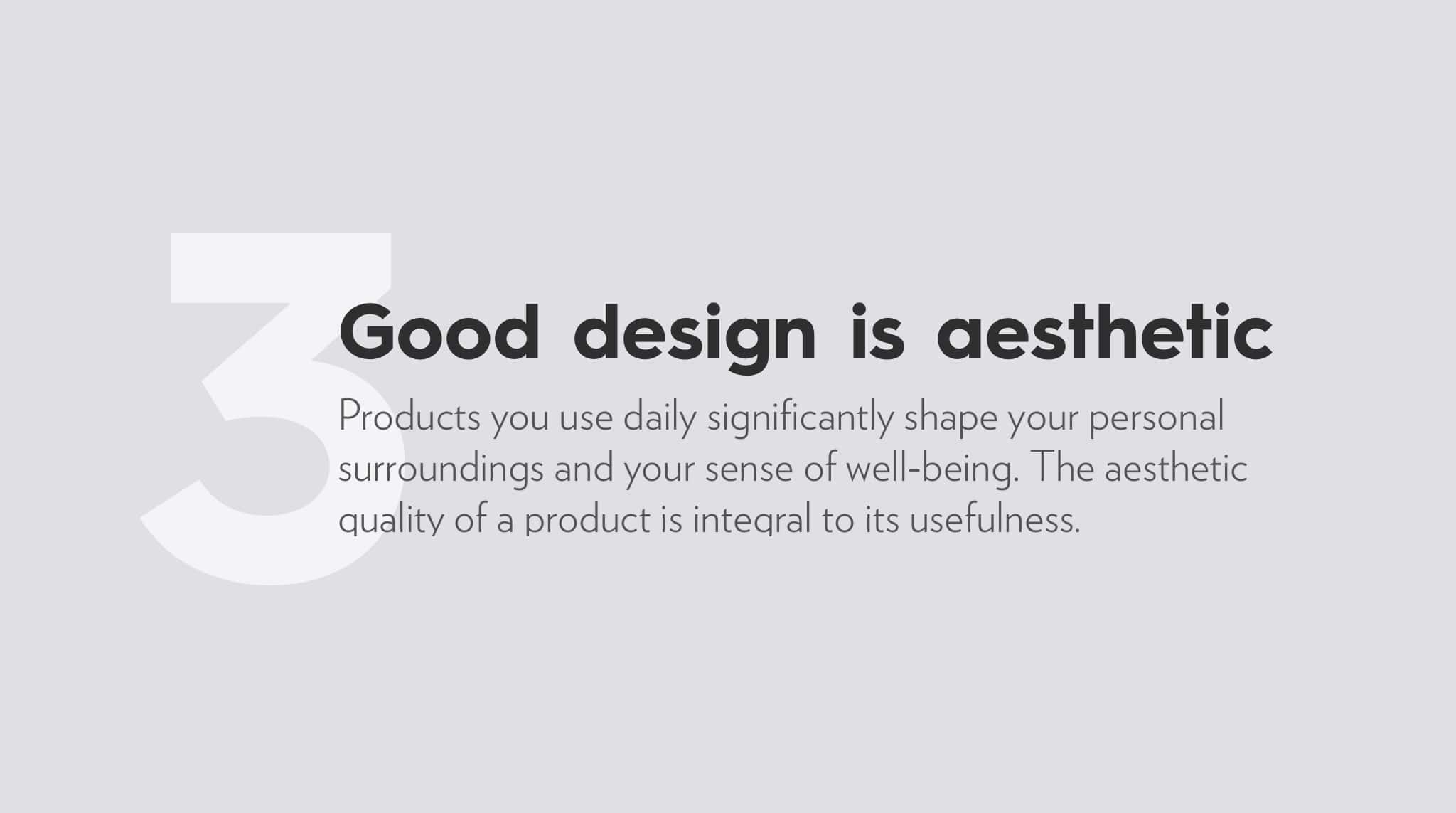















How We Imbibe Dieter Rams's Design Aesthetics and Philosophy at Svenklas
1. BRINGING DELIGHT TO OUR USERS FOR YEARS TO COME
At Svenklas, we believe our work is not done even after a product is packaged and delivered to our customer. We truly succeed when our products create a sense of joy for our customers on a daily basis and for years to come. All of Svenklas products are designed to be simple in construction and timeless in design. We want our customers to create long-lasting relationship with us and our products.
2. SIMPLICITY IN DESIGN
We think about refining Svenklas designs to the simplest form so it never gets out of fashion. We do this to make sure our design transcend its origins and influence society on a bigger level and scale. By stripping away the non-essential and re-engineering the way products are made, we always strive to create timeless and minimal pieces. In all Svenklas products, we make sure to hide the complexity of design from view until it’s absolute necessary. In essence, bringing simplicity and style to our products and creating designs that will stand the test of time.
3. BUILDING PRODUCTS AROUND HABITS OF OUR CUSTOMERS
Svenklas designs are built on thoughtful consideration around the habits of our customers. We regularly update designs of our products after useful feedback from our customers. We value the experiences of our customers, the things that fill up their lives and how they choose to interact with everyday products.
Good Design is a Reality
We hope the work that we’re doing at Svenklas will bring about positive change for the development of good design as a whole. Svenklas products are in constant evolution. We are always looking for innovative, technical solutions for our products and finding ways to adapt to latest manufacturing and production processes that are environment friendly and sustainable. In today’s world, there is an acute shortage of natural resources and this should force us to do away with thoughtless consumption, production and design.
At Svenklas, we are always looking to contribute towards considered, conscious and responsible design and deliver high quality products. Design only works when it achieves something for humanity. We hope that our customers continue to like the usefulness of our products and their ability to adapt to any environment.
Good design is a reality!
 300+ 5-Star Reviews
300+ 5-Star Reviews
